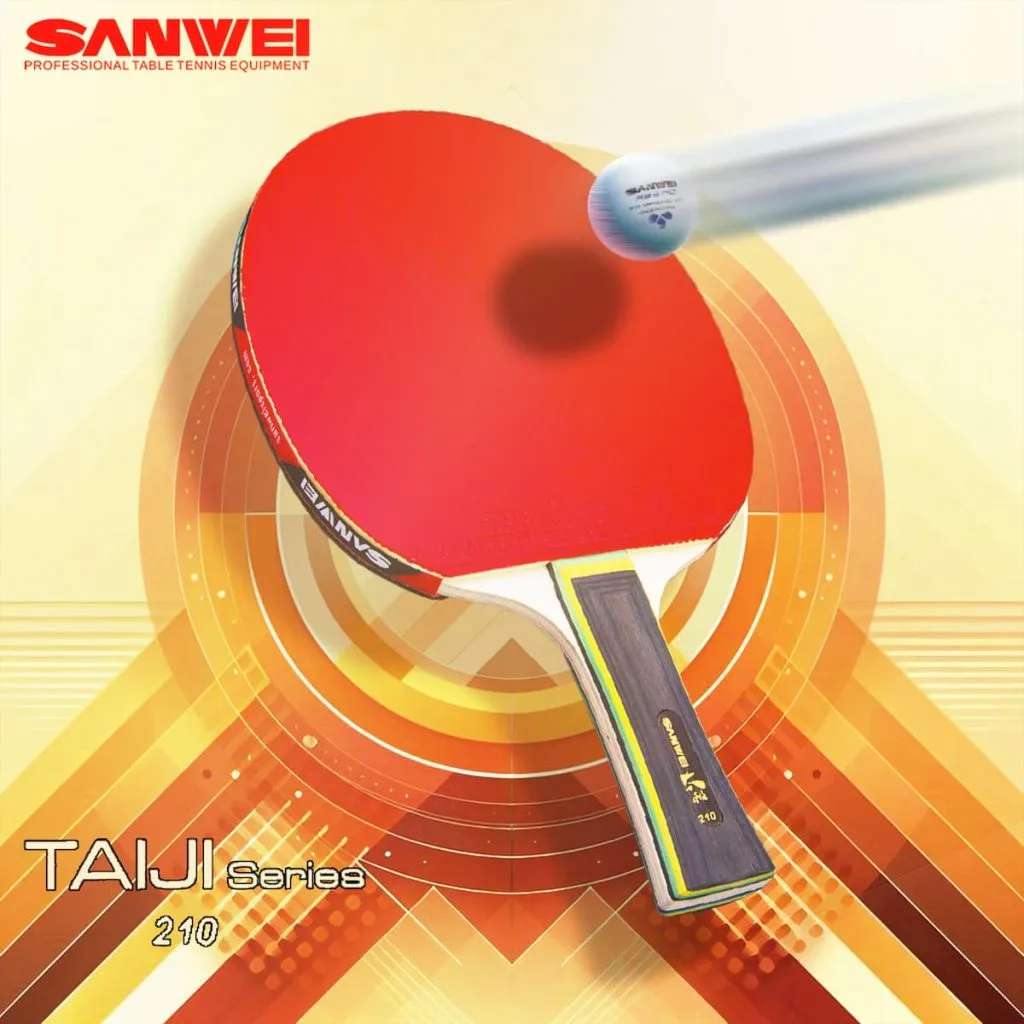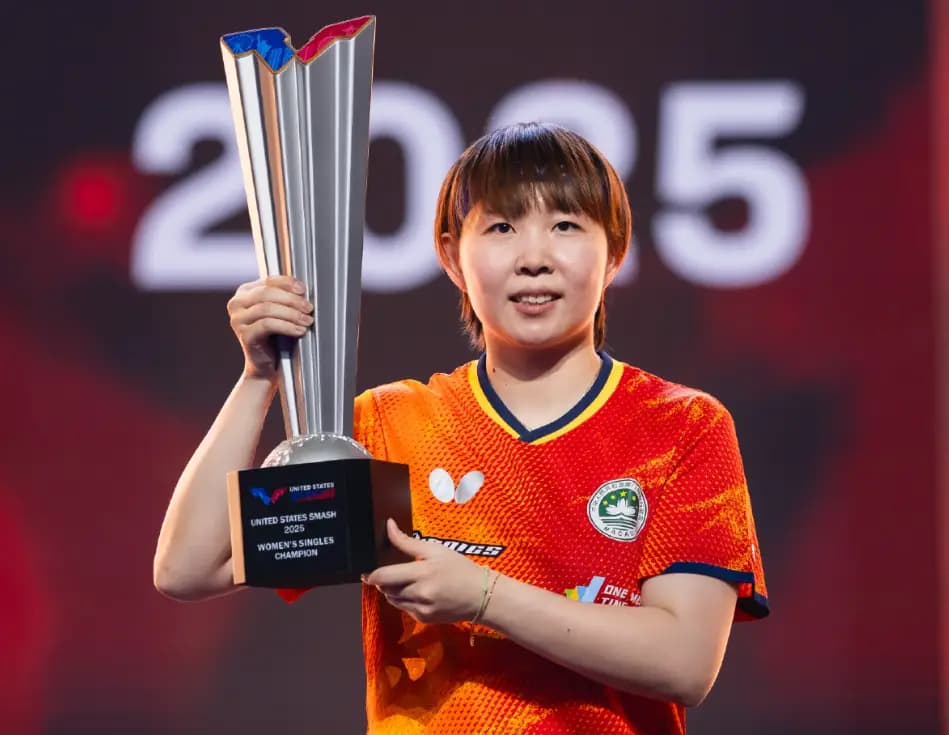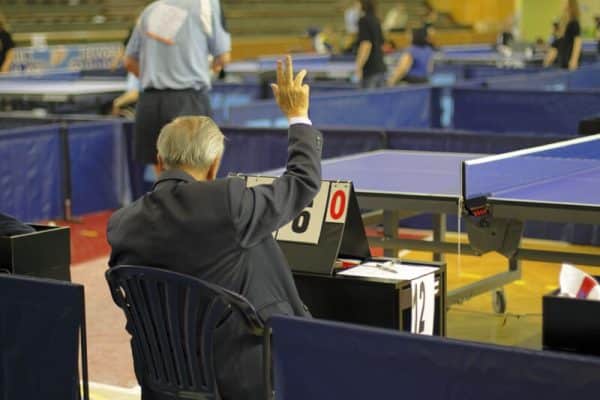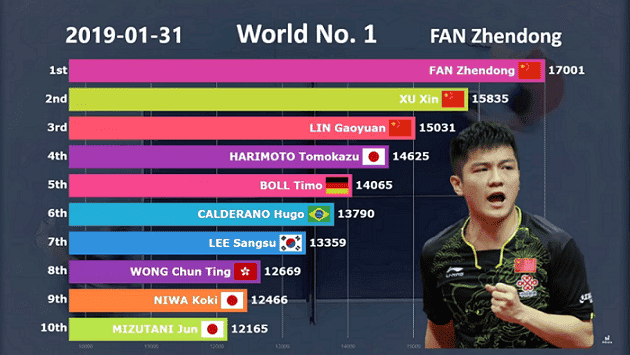At the recently concluded WTT Grand Smash USA, former Chinese national team ace and current Macau representative Zhu Yuling stunned the table tennis world by defeating four top players—Wang Manyu, Shin Yubin, Mima Ito, and Chen Yi—on her way to claiming the women’s singles title. Her world ranking also surged to No. 6, sparking widespread debate:
Isn’t her playing style considered outdated? So how is she still this dominant?
In fact, Zhu Yuling’s triumphant return is the result of multiple factors. Simply labeling her technique as “outdated” misses the broader picture. Ironically, her so-called “outdated” playing style may have even helped her adapt better to the specific environment of the WTT Grand Smash USA. Let’s take a closer look.
🏆 1. A World Champion Foundation: The Bedrock of Her Victory
Zhu Yuling is not just any player—she’s a former world champion. At her peak, she was one of the top three players in the Chinese women’s national team and often positioned as a key challenger to the top spot.
In 2017, she famously defeated Liu Shiwen three times across the World Championships, World Cup, and Asian Cup, securing major international titles at just 22 years old. Even as her role later shifted, she remained a serious threat, notably defeating Chen Meng in the 2019 Asian Cup and beating Ding Ning, Chen Meng, and Sun Yingsha in the 2020 World Championship trials.
Had she not lost to Mima Ito at a crucial Olympic qualifying stage, Zhu might have made the Tokyo Olympic team—and potentially completed a career Grand Slam. In short, she’s always had the ability to beat top players. Her recent win should come as no surprise.

🔍 2. Her “Outdated” Style Actually Worked—Thanks to Equipment & Conditions
Zhu Yuling’s style has long been defined by tight control, quick transitions, and consistent placement, rather than raw power. While this approach is often viewed as outdated in today’s high-speed, power-dominated game, it also offers greater adaptability—particularly when equipment or playing conditions change.
At the WTT Grand Smash USA, players across the board struggled to adapt to the new type of table used on-site. But Zhu, with her steady pace and high consistency, was less affected than her power-hitting counterparts.
Why? Because power players rely on timing and precise contact points. Any slight change in bounce or grip can throw off their rhythm. Zhu, on the other hand, uses variation, placement, and pace control. She’s comfortable disrupting rhythm rather than being forced to match it—giving her a distinct edge.
In the table tennis world, there’s a saying: “Each era’s gear changes create a new champion.” Players like Vladimir Samsonov adapted through multiple generations thanks to balanced, versatile styles—just like Zhu.

Sanweisport-Professional Table Tennis Equipment Provider

Only 11.9 USD
- Taiji 210 bat is an allround premade high quality table tennis bat for the starters, it’s the best seller and the most popular bat of the Taiji Bat series.
- The blade is made by 7 layers of decent pure wood, coated by two sides of ITTF approved rubber makes it useable for competition, with a comfortable flared handle.
- It saves your time for selecting from thousands of combinations and just gives you the right one with great quality/price ratio.
- 2-Stars Table Tennis Bat is perfect for amateur gamers !
- If you are interested in table tennis equipment, you can visit our Sanweisport homepage to select the most professional table tennis equipment. We will provide you with the best table tennis blades, rubbers, bat, and other products!
💪 3. Her Game Doesn’t Demand Peak Physicality—A Long-Term Advantage
Unlike power-driven players who rely on explosive strength and lightning-fast footwork, Zhu’s approach puts less strain on the body. Her points are often decided in the opening exchanges or by forcing opponents into errors. She doesn’t need to “kill” the ball every time, which allows her to conserve energy and extend her competitive lifespan.
This makes her less vulnerable to the physical toll that long matches take on many players. Were she pitted against the same opponents on standard tables, her task would be harder—but again, her solid foundation as a world champion means she’s never out of the fight.

👧 4. She’s 30, But Her “Table Tennis Age” Is Younger
While 30 is considered veteran age in elite table tennis, it’s far from too old in today’s era. Top players like Ma Long have shown that athletes in their 30s can still dominate.
Plus, Zhu Yuling took a 3-year break after stepping away from the national team. During that time, her training volume was greatly reduced. Since joining Team Macau, her workload has remained manageable, meaning her physical condition could be comparable to someone in their late 20s.
If she were 35 or 40, her comeback would be far tougher. But at 30, with preserved health and motivation, she still has plenty to offer.

🧠 5. Her Mindset Has Evolved—Relaxed, Focused, and Resilient
Arguably, the biggest transformation in Zhu’s game is her mental state.
In her first career phase, she was under immense pressure—competing for Olympic spots, titles, and approval in the ultra-competitive Chinese system. That pressure often led her to play too cautiously, even overly defensive.
Now, after stepping away, retiring, and returning, her perspective has shifted. She’s more relaxed, proactive, and confident. Her strokes are bolder, her strategy sharper, and she plays with nothing to lose—a mindset that often brings out the best performances.
🔚 Conclusion: A Legendary Comeback Worth Watching
Zhu Yuling’s journey is nothing short of legendary. Her latest Grand Smash victory is a testament not just to her skill, but to her adaptability, experience, and resilience. She’s rewritten the narrative about her so-called “outdated” game—and might just have more surprises in store.
For herself, for the Macau team, and for the table tennis world—we hope to see more magic from Zhu Yuling. Keep going, champion! 👏🏓



